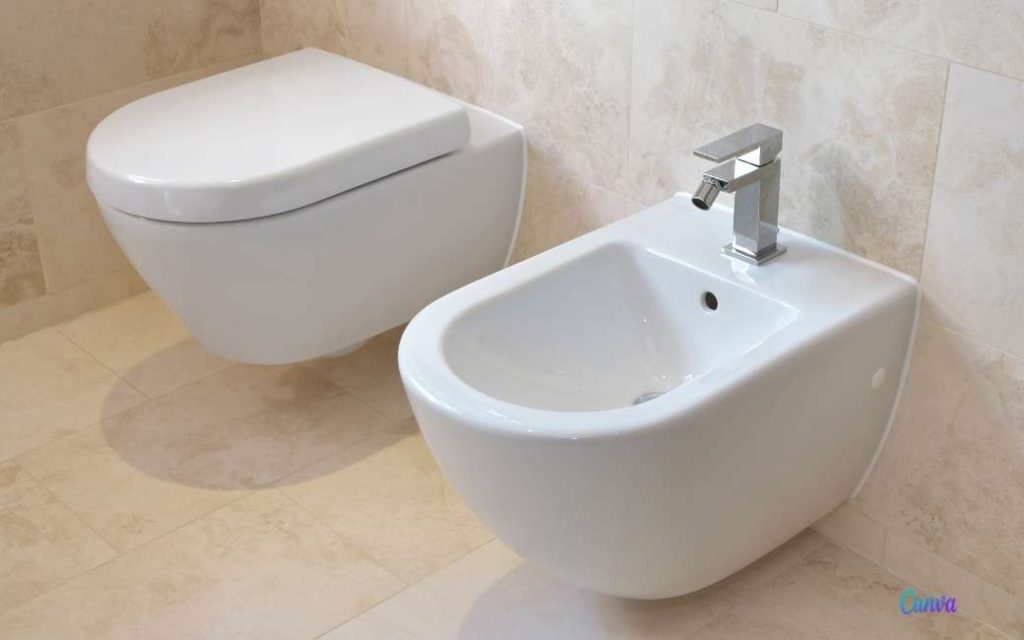If you live in Spain or come there often, you are of course familiar with bidet or “bidet” in Spanish. In Spain, they are indispensable in bathrooms as they are tidily placed next to the toilet. The question is, of course, whether many people still use it, but toilets still exist and are still installed in newly built homes. But why do you see a bidet in Spain and not in the Netherlands?
Spain, along with other southern European countries, is the country of toilets. They can be found everywhere, in apartments, houses and hotel rooms. But despite the fact that most vacationers now know what a bidet looks like, the question is whether they know what its purpose is. By the way, the same applies to residents of Spain, where the question can be asked whether traditional toilets are still used.
What is a bidet
But what exactly is a bidet and why? The word comes from French and is called “with his hand” in Spain. A bidet is a low-profile plumbing fixture or type of sink for washing the external genitalia or anus. However, latrines can also be used to wash other parts of the body; For example, they are very practical for washing feet or, as many vacationers do, for washing clothes. Although it is somewhat similar to a toilet, it should be compared with a two-handed sink or a bathroom.
healthy
Oddly enough, toilets are very common in southern European countries such as Spain, but you rarely see them in northern European countries such as the Netherlands. This is strange because it is actually the healthiest way to clean the lower body. Using a bidet is much cleaner than just using toilet paper and can lead to fewer cases of rashes, hemorrhoids, and urinary tract infections. It’s also better for the environment because you don’t have to use or use less toilet paper and you can completely ignore environmentally polluting wipes.
modern version
But nowadays, in addition to the traditional bidet with a spout next to the toilet, you can also increasingly see modern versions. These consist of a shower or water jet integrated into the toilet bowl. This looks like a regular toilet with the difference that a push-button integrated faucet appears. These toilets are sometimes called a Japanese toilet because they are very common in homes in Japan. It is also possible to hang a separate hand shower with a hose next to the toilet, something you see more and more in Spain, or install a separate toilet seat with a built-in faucet.
It is in particular the Japanese toilet that is increasingly being installed in Dutch homes. However, it is not cheap yet, but those who have already installed it are very happy with it, also because the modern versions, which easily cost around 2000 euros, have a hairdryer to dry the lower body. It couldn’t be more luxurious, right?

“Total coffee specialist. Hardcore reader. Incurable music scholar. Web guru. Freelance troublemaker. Problem solver. Travel trailblazer.”







More Stories
Bitcoin price rises after new jobs data from US
European stock markets open higher | beursduivel.be
Russia’s oil imports to China decline